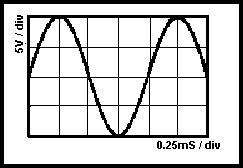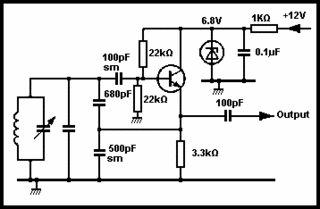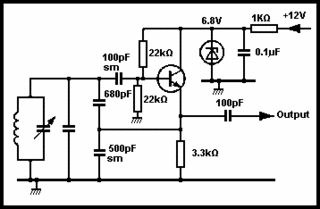Another 20 Questions for all to try out !
1. Having established contact on a calling frequency it is good practice to:(a) stay on the same frequency
(b) move to another frequency
(c) invite others to join in on the same frequency
(d) be objectionable to all others calling
2. The purpose of a terrestrial repeater is to:(a) increase satellite coverage
(b) increase the range of mobile stations
(c) increase the range of fixed stations
(d) minimise contacts by pedestrian stations
3. The Q-code for 'standby' is:(a) QRN
(b) QRM
(c) QRS
(d) QRX
4. COIL using the phonetic alphabet would be:
(a) Charlie, Oscar, India, Lima
(b) Charlie, Ocean, Italy, Lima
(c) Coil, Oscar, Inductance, London
(d) Charlie, Oscar, Italy, London
5. The Band Plans should be observed because:
(a) they are mandatory
(b) they are governed by international regulations
(c) they are intended to aid operating
(d) they are only for novices
6. It is good safety practice to:(a) use plastic piping for earthing
(b) unearth all metal cases
(c) have no master switch
(d) supply all mains power via a master switch
7. When calling a station it is good practice to:
(a) put your callsign first
(b) use your callsign only
(c) put the callsign of the station being called first
(d) use the callsign of the other station only
8. In the RST code T is for:(a) temperature of PA stage
(b) tone
(c) time of transmission
(d) transmitter type
9. To prevent annoying other users on a band, a transmitter should always be tuned initially:(a) on a harmonic outside the band
(b) into an antenna
(c) into a dummy load
(d) into a dipole
10. Two 10kW resistors are connected in parallel across a 5V DC supply. The total current taken is:(a) 50mA
(b) 0.5mA
(c) 1mA
(d) 1 A
11. The diagram represents a trace on an oscilloscope. What is the frequency of the displayed waveform?

(a) 1kHz
(b) 5kHz
(c) 10kHz
(d) 100kHz
12. In the diagram in question 11, what is the peak to peak value of the waveform?(a) 1V
(b) 2V
(c) 10V
(d) 20V
13. As the frequency rises, the reactance of an inductor:(a) stays constant
(b) decreases
(c) increases
(d) does none of these
14. The resonant frequency of the circuit is:
(a) 1.59155kHz
(b) 15.9155kHz
(c) 159.155kHz
(d) 1591.55kHz
15. A power gain of 4 is equivalent to:(a) 3dB
(b) 6dB
(c) 10dB
(d) 16dB
16. What type of Transistor is shown in the following diagram?
(a) PNP
(b) BNP
(c) NPN
(d) PNB
17. If the base potential of an NPN transistor is held at the emitter potential, the collector current will be:
(a) zero
(b) always 1A
(c) between 10mA and
(d) very high
18. The output impedance of an emitter-follower buffer amplifier is:
(a) infinite
(b) very high
(c) zero
(d) fairly low
19. The circuit shown below depicts:

(a) an audio amplifier
(b) an RF amplifier
(c) a mixer
(d) a BFO
20. The circuit in question 19 operates in what type of Power output mode ?(a) Class A
(b) Class AB
(c) Class B
(d) Class C
Adapted from UK Amateur Radio project website








